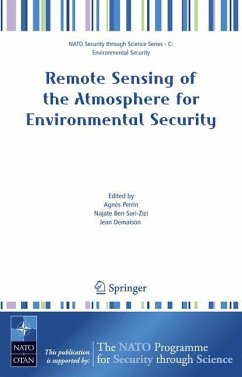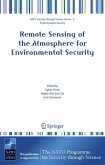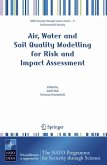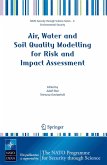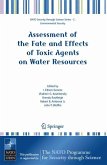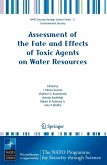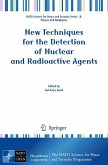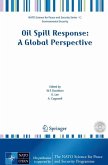Recent ecological disasters make human beings aware of changes in the Earth's climate. At the present time anthropogenic activities lead to the emission of greenhouse gases, pollutants, aerosols and ozone depleting substances and the scientific community in general feels responsible for understanding how changes in atmospheric chemistry can affect the Earth's climate.
The first part of these proceedings describes the current capabilities of various satellite experiments which are performing measurements of the Earth's atmosphere, as for example some of the results obtained recently by three experiments onboard the Environment Satellite (ENVISAT), namely, the Global Ozone Monitoring Experiment (GOME), the SCanning Imaging Absorption for Atmospheric CHartographY (SCIAMACHY) and the Michelson Interferometer for Passive Atmospheric Sounding (MIPAS). For the analysis of spectra recorded by these instruments it is necessary to make good use of efficient radiative transfer codes. These computer codes need as input, a dataset of high quality spectroscopic parameters which can be generated only through a careful analysis of high quality laboratory measurements. In addition some of the future satellite missions which are under preparation at the European Space Agency (ESA) are briefly described.
The first part of these proceedings describes the current capabilities of various satellite experiments which are performing measurements of the Earth's atmosphere, as for example some of the results obtained recently by three experiments onboard the Environment Satellite (ENVISAT), namely, the Global Ozone Monitoring Experiment (GOME), the SCanning Imaging Absorption for Atmospheric CHartographY (SCIAMACHY) and the Michelson Interferometer for Passive Atmospheric Sounding (MIPAS). For the analysis of spectra recorded by these instruments it is necessary to make good use of efficient radiative transfer codes. These computer codes need as input, a dataset of high quality spectroscopic parameters which can be generated only through a careful analysis of high quality laboratory measurements. In addition some of the future satellite missions which are under preparation at the European Space Agency (ESA) are briefly described.

